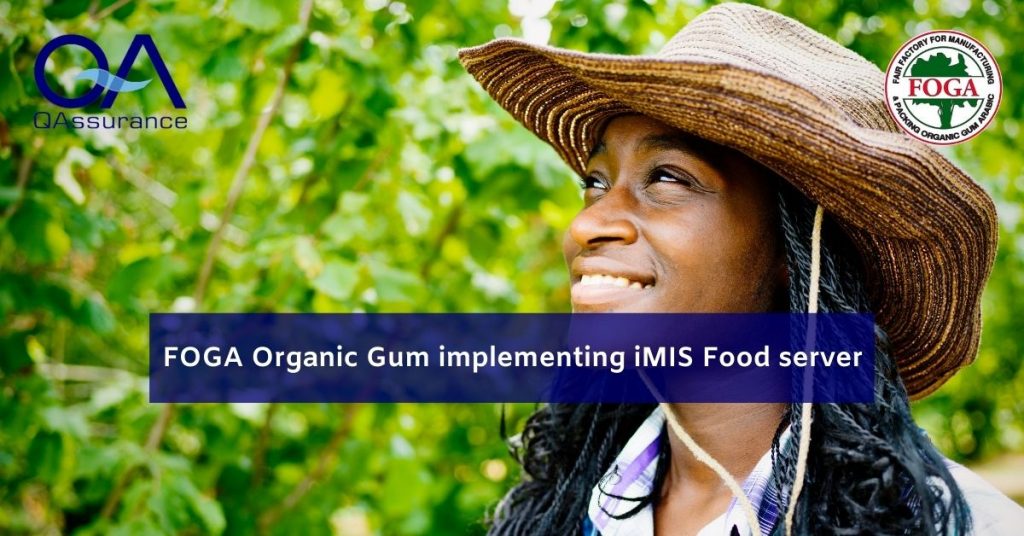Introduction Emergency Plan
Although we try to prevent and reduce emergencies, it is, unfortunately, possible that we too are exposed to emergencies. Therefore an Emergency Plan has to be conducted.
Emergencies in the form of:
• fire, floods, natural disasters
• (bio) terrorism
• problems with facilities related to water, energy, transport
• failure of cooling systems
• availability of personnel, strikes, (flu) epidemic
• communication
• sabotage or intentional contamination
• digital cyber attacks or problems with the security of the system
• dangerous situations around us, environment
• workplace / industrial accidents
To ensure the continuity of our company, we have taken the following measures regarding product safety, quality, and legality.
Unauthorized or unknown personnel are prohibited. New staff are screened for dependability as much as possible. This is to ward off, as much as possible, against staff who have the wrong intentions.
We have made agreements with the fire brigade on how to extinguish the company in the event of a fire. We also have an emergency response team to deal with minor emergencies.
We try to be as well-informed as possible about construction plans, transport changes, etc. that can directly or indirectly endanger our business operations.
When we, as a company, are affected by fire, floods, and etc., we will make every effort to relocate our production elsewhere. This is to protect the progress of our company.
Disasters that may occur internally with regard to product safety have been described throughout the quality system. The most applicable procedures for this are:
• Incidents.
• Quarantines.
• Recalls.
These measures ensure that we can stop the products and, if desired, can withdraw them from the market. Edit
Calamity Roadmap Emergency Plan
We will do everything possible to guarantee deliveries to our customers. To achieve this, we have drawn up this contingency plan. This contingency plan describes how we deal with and/or control risks. If products have started to pose a risk after a calamity, the recall procedure will be followed. Internal products will be blocked.
Obviously, not every risk can be covered by a “plan”. In the event of calamities that are not described, the calamity team determines the action to be taken.
The emergency team consists of: Management Police 0900-8844. Calamities can be the result of deliberate actions, such as sabotage. To this end, we have drawn up a TACCP and a Food Defence Plan.
Staff strikes, reporting sickness and vandalism
If staff strike, we will not be able to produce any more products. In order to prevent strikes, everything is done internally to keep the involvement of our personnel high. This is done through good fringe benefits and informal contact. If there is a wave of sickness reports (for example, in the event of an epidemic), we will not have enough staff to produce. We will then use temporary workers where possible. If there is a very large epidemic or pandemic and government restrictions are imposed, we must comply. The visitors' and hygiene procedures include the general measures we take to prevent risks. If we deem it necessary, we will temporarily take extra measures, such as: working at home where possible, avoiding visitors, meetings via teleconference, etc., no appointments at/visits to other companies, organisations, fairs, events, etc., washing and disinfecting hands frequently and making extra means available if necessary, avoiding public transport, aeroplanes, etc., not visiting certain areas. See also protocol coronavirus.
No telephone
When the telephone lines are down, our customers can no longer place orders by telephone. In order to remain accessible, we will have our provider provide an accessible mobile number. Customers calling will be informed that we are not available under the standard number, but under the mobile number provided. Customers can then place their orders by telephone and we can point out alternative ordering methods such as e-mail and fax. This system also ensures that we remain accessible for all questions.
No water
If there are problems with the water supply or water quality, we will not be able to make any end products. Depending on the duration of the problem, production will be postponed until a later date. In the event of a longer period of time (> 24 hours), we will have demineralised water or spring water delivered. This will be purchased from the water company.
No electricity
If no electricity can be supplied, we will choose between shifting production or hiring an emergency generator. This will be rented from Boels.
The measures to be taken in the event of failure of the cooling system are described in our hazard study.
No gas
If we have no more gas supplies, the preparations can no longer take place. Our building will no longer be heated. In the event of a long-term failure, an alternative will have to be found. However, this depends on the disruption. There are no alternatives available.
(Bio)terrorism
We currently have no concrete indications that activists have problems with our products or working methods. To avoid “unwelcome” guests in our production, all doors are locked. The doors can only be opened with a special batch, or from the inside. Visitors must report to us and may only enter the production area under supervision. Our staff will also notice immediately if there are any strangers in our production. This control prevents the risk of bio-terrorism and malicious persons. The access points are assessed annually with the verification.
Fire
In the event of fire, the fire will be fought as much as possible by our FAFS team. However, if the fire is too large, the company will be evacuated immediately. In accordance with our FAFS agreements, the fire brigade will of course be contacted immediately. The fire brigade will extinguish our company in compartments. Depending on where the fire breaks out, we will have to take further measures:
– look for alternative production space;
– look for alternative products.
No internet
If we have no internet or there has been a cyber attack on our website, customers will not be able to order via the website, EDI or mail. In this case we will proactively call our customers. E-mails and EDI orders will come in after the internet is restored.
Floods
There is no concrete risk of flooding. No control is necessary.
Suppliers bankruptcy or delivery problems When a supplier can no longer deliver, for whatever reason, we have to switch to alternatives. The majority of our products can be purchased directly from alternative suppliers. There are no high-risk products. Alternatives are available from current suppliers with our recipes.
Storage problems
In the event of a power failure or calamity with the refrigeration system, staff will be instructed not to open the cells so that the products remain at the correct temperature for as long as possible. Depending on the estimated duration of the failure, actions will be determined:
- No actions necessary in case of a short failure;
- Move the products to working storage cells;
- Purchase a generator (see electricity);
- Giving priority to products that are too hot
- Placing sensitive products in our trucks;
- Arrange alternative storage.
Problems with the machinery
There are various failures that can be prevented. Depending on the failure, repair or replacement, there are a number of possible measures:
- Wait until the repair is completed;
- Purchase new machines;
- Manual production where possible
- Alternative measurements;
- External production (we have agreements with colleague companies for this).
Customers with payment problems
If some customers are unable to pay, we can bear the risk. If customers do not pay, we will have a collection agency deal with it.
Internal automation
In the event of internal automation problems or problems caused by a cyber attack (hacking), we may no longer be able to produce using planning, recipes and production orders from our ERP system. Because we make back-ups, the loss of data is limited. In the event of a failure, the backup will have to be restored. Customers also need to be called to find out what orders they have placed after the malfunction. If work orders can no longer be run internally, this will be done manually. If labels cannot be printed, production can continue as usual and labelling will take place after the problem has been solved.
Related articles to Emergency Plan: What is included in the procedure?
Many customers and visitors to this page 'Emergency Plan: What is included in the procedure?' also viewed the articles and manuals listed below:



